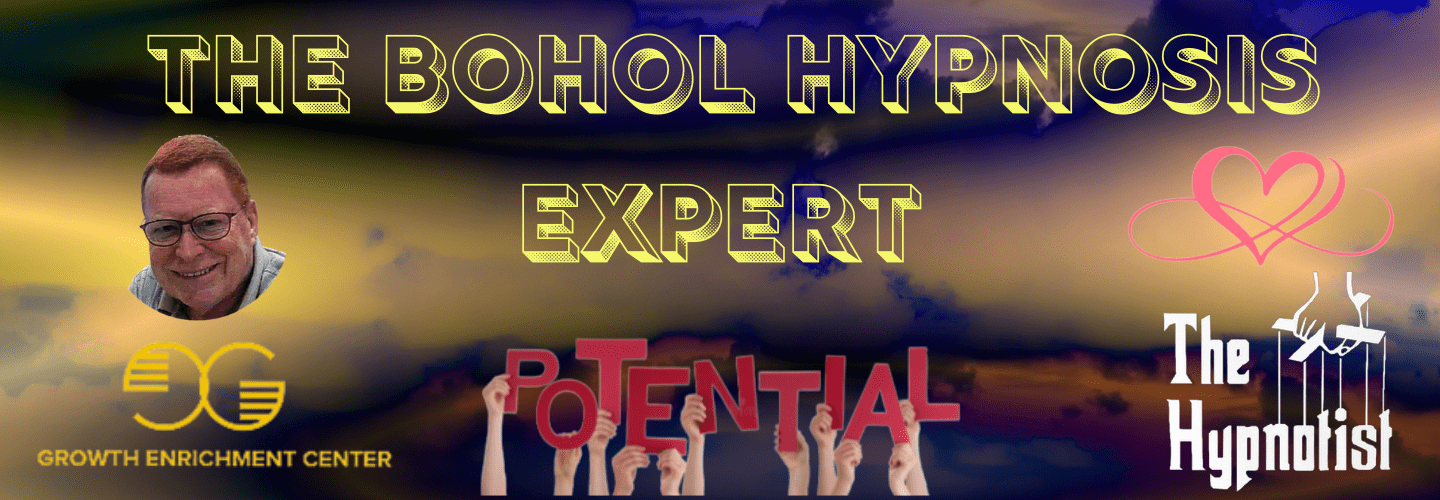
Conquer the fear of darkness with hypnosis, EFT, and NLP. Hypnosis reprograms the subconscious mind, anchoring positive emotions to darkness. EFT taps into meridian points, rewiring the brain's response to fear. NLP reframes perceptions, fostering lasting change. These techniques offer holistic approaches to address fear and phobias. Empower yourself to embrace confidence in the dark.
Understanding the Fear of Darkness
Many individuals experience a profound unease when confronted with the darkness, often stemming from deep-seated psychological triggers and primal instincts. Exploring the origins of this fear reveals a complex interplay of factors, including evolutionary responses to the unknown, fear of potential threats lurking unseen, and associations with negative experiences linked to darkness. From childhood fears of monsters under the bed to adult anxieties about vulnerability in the dark, the fear of darkness can manifest in various forms and intensities.
Coping mechanisms for dealing with the fear of darkness are as diverse as the individuals who experience it. Some may resort to avoidance strategies, such as always keeping lights on or seeking constant reassurance. Others may employ relaxation techniques, mindfulness practices, or cognitive-behavioral strategies to reframe their perception of darkness. Understanding these coping mechanisms is essential in developing tailored interventions to alleviate the fear and empower individuals to navigate darkness with confidence and ease.
Leveraging Hypnosis for Fear Relief

Hypnosis offers a powerful tool for addressing and alleviating fear of the dark by tapping into the subconscious mind's ability to reframe perceptions and promote relaxation. Hypnosis techniques can be highly effective in helping individuals overcome their fear of the dark by accessing the root cause of the phobia and reshaping their responses to it.
- Subconscious Reprogramming: Through hypnosis, individuals can reprogram their subconscious beliefs and associations related to the dark, replacing fear responses with feelings of calmness and safety.
- Visualization Techniques: Hypnosis allows individuals to visualize themselves in dark settings without experiencing fear, gradually desensitizing them to their phobia.
- Anchoring Positive Emotions: Hypnosis can help individuals anchor positive emotions to darkness, associating it with feelings of security and comfort rather than fear.
Overcoming Phobias With EFT Techniques

Utilizing Emotional Freedom Techniques (EFT) offers a holistic approach to overcoming phobias by addressing the underlying emotional disturbances associated with fear responses. EFT applications involve tapping on specific meridian points on the body while focusing on the phobia or fear, which can help rewire the brain's response to that particular stimulus. This technique is particularly effective for fear management as it helps individuals acknowledge and release the emotional charge linked to their phobias.
EFT techniques can be tailored to target the specific triggers that elicit fear responses in individuals. By working through these triggers using EFT, individuals can gradually desensitize themselves to the source of their phobia. This process allows for a more sustainable and long-term resolution of the fear by addressing its root cause rather than just managing the symptoms.
NLP Strategies for Fear Reprogramming

To effectively reprogram fears, Neuro-Linguistic Programming (NLP) employs strategic techniques that address the subconscious patterns influencing fear responses. NLP strategies delve into the core of fear triggers and mind patterns to facilitate lasting change.
Here are three key techniques used in NLP for fear reprogramming:
- Exploring: This technique involves associating a specific trigger, such as a touch or a word, with a positive and resourceful state. By repeatedly pairing this trigger with a calm and confident state, individuals can learn to access this positive state when faced with fear triggers in the dark.
- Reframing: NLP encourages individuals to reframe their perceptions of darkness. By shifting the perspective from one of fear to one of curiosity or opportunity, individuals can begin to alter their mind patterns associated with darkness.
- Visualizations: Using guided visualizations, individuals can create new mental images that counteract the negative associations with darkness. By repeatedly visualizing positive experiences in the dark, individuals can rewire their subconscious mind patterns to embrace the darkness with confidence.
Embracing Confidence in the Dark

In fostering a sense of empowerment and assurance amidst darkness, individuals can cultivate a profound shift in their relationship with nighttime environments. Building resilience in the face of fear of the dark involves acknowledging and confronting those fears head-on. By embracing confidence in the dark, individuals can take proactive steps to enhance their sense of security and control in such situations.
To build resilience, individuals can start by gradually exposing themselves to dimly lit or dark environments in a controlled manner. This exposure can help desensitize them to the fear and anxiety associated with darkness, allowing for a more comfortable experience over time. Additionally, practicing relaxation techniques such as deep breathing or visualization can help manage any feelings of unease that may arise.
Enhancing security in the dark can be achieved through practical measures such as ensuring proper lighting in living spaces, using nightlights, or carrying a small flashlight when moving through dimly lit areas. These simple steps can instill a sense of preparedness and confidence, making it easier to traverse and embrace the darkness with a newfound sense of empowerment.
Frequently Asked Questions
Can Hypnosis, Eft, and NLP Techniques Be Used Together to Address Multiple Fears or Phobias Simultaneously?
Combination therapy offers a holistic approach for managing multiple fears and phobias simultaneously. By integrating various techniques, individuals can experience simultaneous healing and resolution of their phobias, leading to more effective fear management strategies.
Are There Any Potential Side Effects or Risks Associated With Using Hypnosis, Eft, or NLP for Fear Relief?
Investigating the potential benefits of fear relief methods is crucial. Success stories often overshadow widespread misconceptions. Research findings guide us in understanding any possible side effects or risks associated with hypnosis, EFT, or NLP for fear relief.
How Long Does It Typically Take to See Results When Using These Techniques to Overcome the Fear of the Dark?
When addressing fear manifestation, it is crucial to comprehend that healing timelines vary. Progress tracking and therapy duration depend on individual factors. Patience and consistency in therapeutic approaches are key to achieving lasting results in overcoming the fear of the dark.
Can These Techniques Be Effective for Children or Is It Recommended Only for Adults?
When considering the effectiveness of therapeutic techniques for children, it is essential to assess their developmental stage and individual needs. While these methods have shown promise for adults, it is recommended to consult with a qualified professional before implementing them for children.
Are There Any Specific Situations or Triggers That May Make It More Challenging to Successfully Resolve the Fear of Darkness Using Hypnosis, Eft, or Nlp?
When addressing the fear of darkness, specific situations or triggers such as childhood trauma can pose challenges. These experiences may lead to heightened anxiety or panic responses, making it more difficult to successfully resolve this fear using therapeutic techniques.
Conclusion
To sum up, the fear of darkness can be effectively resolved through the use of hypnosis, EFT, and NLP techniques. By understanding the root cause of the fear and implementing these strategies, individuals can overcome their phobias and regain confidence in dark environments.
Embracing these methods can lead to a transformative experience, allowing individuals to shine light on their fears and step into the darkness with newfound courage and strength, like a beacon guiding them through the night.
Take the Next Step
Do not be afraid to reach out to me, Mark E Wilkins, to assist you in any issues you might have. Most Hypnotherapy sessions last 2 hours and EFT Sessions are usually handled with one session. Life Coaching is 45 minute session, once a week. Self-Hypnosis is taught in one session, and lasts a lifetime.
To make an appointment, first listen to the Pre-talk and fill out he Complementary Healthcare Provider Disclosure. The use the Contact Form to request an appointment with the Bohol Hypnosis Expert.
Self-help downloads are available. The self-hypnosis program to teach you how to self-hypnotize is here.





